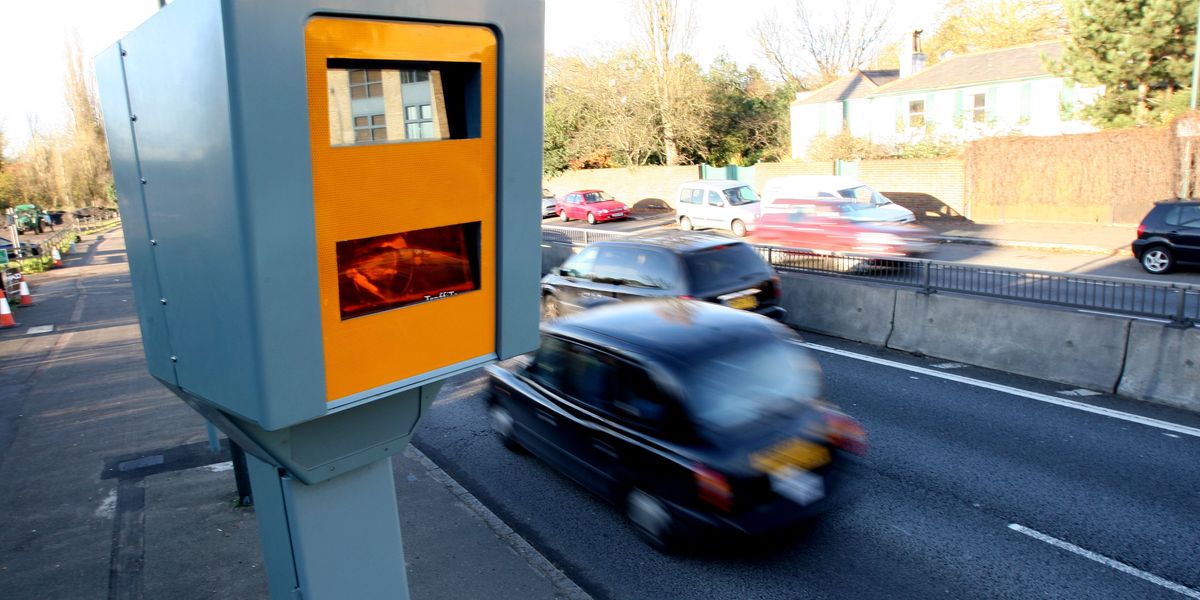The worst wildfires in Los Angeles’ history have killed at least 10 people and destroyed nearly 10,000 homes, buildings and other structures, as firefighters battled to stop them spreading further.
Fires burned into a third night on Thursday, including a fire in Kenneth which started in the late afternoon and had spread by the evening. Reports suggested this fire was started deliberately, with police saying an arson suspect was arrested on Thursday evening.
More than 180,000 people have been ordered to evacuate from their homes as a result of the deadly blazes – but more could be told to flee if the fires continue to spread further.
According to reports, Los Angeles County’s Medical Examiner confirmed late on Thursday that the death toll has risen to 10 people. Los Angeles Fire Chief Kristin Crowley reportedly confirmed two were in the Palisades Fire, and county officials saying five were killed in the Eaton Fire.
Buildings destroyed are said to include at least five churches, a synagogue, seven schools and two libraries, along with shops, bars, restaurants and banks.
Local landmarks including the Will Rogers’ Western Ranch House and Topanga Ranch Motel have also been destroyed, though the government has not yet released figures on the cost of the damage or specifics about how many structures burned.
Los Angeles County Sheriff Robert Luna told a press conference: “It looks like an atomic bomb dropped in these areas.”
The devastating wildfires have also destroyed businesses, land and homes owned by Hollywood A-listers like Paris Hilton, Spencer Pratt and Heidi Montag. Other celebrities impacted include Mark Hamill, Sir Anthony Hopkins, John Goodman and Billy Crystal who have all fled their homes.
US President Joe Biden declared a major disaster on Tuesday, and promised on Thursday that the federal government would reimburse 100% of the recovery for the next 180 days to pay for debris and hazard material removal, temporary shelters and first responder salaries.
When did the fires start?
The Palisades fire ignited at around 10.30am on Tuesday 7 January near North Piedra Morada Drive in the exclusive Pacific Palisades neighbourhood of LA.
Fuelled by extreme Santa Ana winds, which reached hurricane speeds of up to 80mph, the fire rapidly escalated from a small blaze to a massive fire that engulfed over 200 acres within just a few minutes. The fires have been fueled by extremely dry conditions with LA recording no rain in months.
The exact cause of the fire remains under investigation, but preliminary reports and unconfirmed posts on social media suggest it might have started from a small fire in a back garden.
The weather forecast for the next few days will not help firefighters efforts with strong winds and extremely low humidity predicted creating the perfect dry conditions for fire to spread.
The areas affected
The wildfires have left a trail of devastation across several suburbs across LA. The Palisades fire between Santa Monica and Malibu on the city’s western flank and the Eaton fire in the east near Pasadena are already the most destructive in Los Angeles history, burning nearly 28,000 acres. To give some perspective, Manhattan in New York is just over 14,000 acres in size. Over 1,000 structures, including homes and businesses, were destroyed in the Palisades alone.
The twin blazes – part of a pincer around the city so expansive that it was visible from space – remained entirely uncontained as of 6:30 a.m. (1430 GMT), according to Cal Fire.
Approximately 500 acres have so far been burned in Brentwood, damaging numerous properties and causing widespread evacuations. Santa Monica has been less affected but still saw around 1,000 acres burned, according to CalFire.
Altadena has been hit by the Eaton Fire, which has burned over 10,600 acres. This secondary fire led to at least five fatalities and the destruction of between 200 to 500 structures. With around 27,000 acres in total affected, these fires have devastated an area comparable to the central area of London.
The Sunset Fire, which had forced mandatory evacuations in Hollywood and Hollywood Hills late on Wednesday. The fire was in retreat, shrinking to about 43 acres from 60, authorities reported. No buildings were lost in the area, a city fire department spokeswoman said, and most of the evacuation order was lifted.
The Kenneth Fire broke out north of the Palisades fire on Thursday afternoon, threatening homes near Calabasas and Hidden Hills. According to reports, the blaze is believed to have been started intentionally, with police saying an arson suspect was arrested on Thursday evening.
What landmarks have been caught up in the blaze?
The wildfires, particularly the blaze in the Palisades, have directly impacted several notable landmarks in LA. Iconic sites like the Will Rogers State Historic Park and Topanga State Park have seen significant damage, with historical structures like Will Rogers’ ranch house completely destroyed.
Palisades Charter High School, featured in films such as Carrie, Freaky Friday and Saved By The Bell, was also engulfed by flames, with its football field and several buildings affected.
However, some of LA’s most recognised landmarks have so far not been hit by flames or are outside the immediate danger zone.
While fires have broken out in the Hollywood Hills, home to several A-list stars, the Hollywood Sign and Hollywood Boulevard have not been directly harmed by flames at this point.
Other tourist spots like the Griffith Observatory and the Hollywood Walk of Fame remain untouched, though the smoke from the fires has blanketed much of the city.
Why has it spread so much?
The fire has spread rapidly due to a combination of natural and climate-influenced factors. Strong Santa Ana winds, with gusts up to 80 mph, have been a primary catalyst, rapidly fanning the flames across dry vegetation.
These winds, known for their dry, warm conditions, are exacerbated by climate change, which has led to longer, more intense dry seasons in California.
On top of this, unusually strong winds are blowing off the back of a strangely shaped storm system over the lower Colorado River Valley and being amplified by what scientists call a ‘mountain wave’ event. This occurs when there are certain temperatures above a mountain range and particular winds passing over those mountains.
The region has also experienced an exceptionally dry start to this winter, following a hot summer, which left vegetation extremely dry. This arid landscape of shrubs, palms, grasses and hardwoods is essentially acting as fuel for the fire.
California’s average temperature has warmed by roughly 1C since 1980, while the number of days with dry vegetation has doubled, according to fire management expert Lindon Pronto at the European Forest Institute.
He explained: “Eventually you have a compounding effect where you see much more extreme fire behaviour at different times of the year… whether it’s in December or January.”











